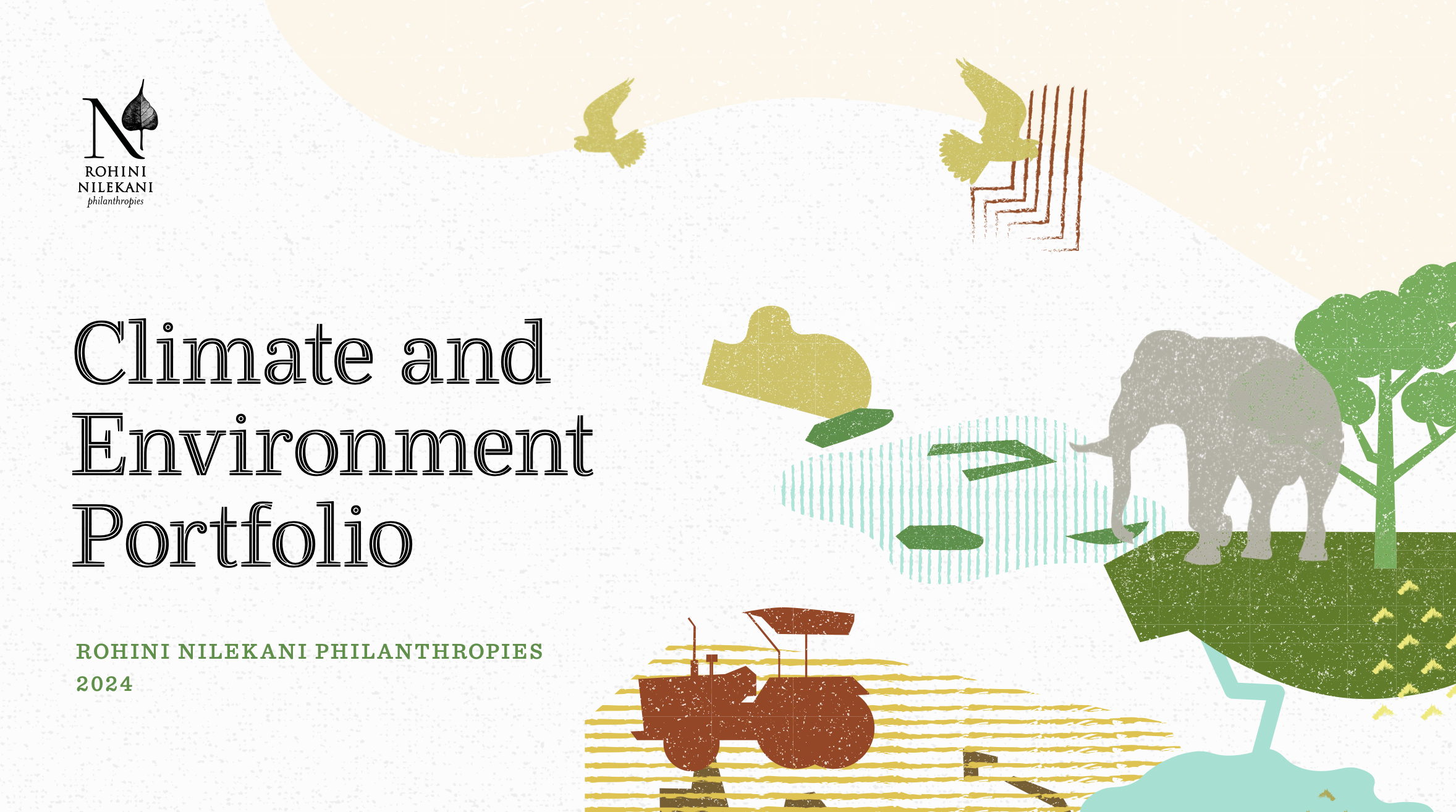Networks of Care: Partnerships for Relief and Support during the COVID-19 Second Wave in Karnataka
Key Questions
- How were the relief efforts tackled during the second wave of COVID-19 pandemic?
- What learnings were organisations able to glean from dealing with the first wave?
- What was the scale and scope of effects on relief workers during these waves?
Research partner: Fields of View
This research was done by Fields of View supported by Rohini Nilekani Philanthropies.
In this report, we first map the landscape of relief provided in Karnataka during the second wave. Owing to the sudden lockdown, relief during the first wave was majorly focussed on providing dry and cooked food. During the second wave, however, the most significant demand was for health-related facilities, such as beds, oxygen concentrators, medicines, etc. Triage and teleconsultation services were also offered to minimise infection transmission. Other relief efforts involved setting up of COVID Care Centres, vaccination camps and conducting education programmes in public schools and anganwadi centres.
Building resilience among the community and strengthening institutional processes to deepen collaboration between actors must form the foundation for future disaster preparedness.
We also analyse the nature and efficacy of ad-hoc networks created to manage both information and material flows during relief operations. NGOs, CSOs and volunteers along with government departments coordinated the implementation of relief efforts, created awareness materials, collected data for dissemination and set up processes for teleconsultation. Various trust-building measures were also initiated by the government to improve the work processes between the government and the non-government actors. There was an increase in the use of technology to improve relief efforts. Though WhatsApp was mainly used for communication, the Sankalpa platform, created by the RDPR department, was used for gathering relief requirements and displaying public documents.
The severity of the second wave caused immense emotional and psychological strain among the relief providers. A common challenge highlighted by the interviewees was the fatigue and the emotional stress during the relief efforts. Rapidly spreading misinformation, lack of real-time information and unequal resource availability were a few other challenges that hindered the immediate supply of relief.
Key Takeaways
- There is an urgent need for sharing resources and making access to information more equitable.
- There is an urgent need to improve capacity in the system to deal with such a public health emergency.
- Building resilience among the community and strengthening institutional processes to deepen collaboration between actors must form the foundation for future disaster preparedness.
- Institutional processes can be strengthened through specific SOPs for public health emergencies; providing adequate public health training to medical professionals; strengthening existing actor networks; and putting in place mechanisms to generate actionable data.
You may also want to read


